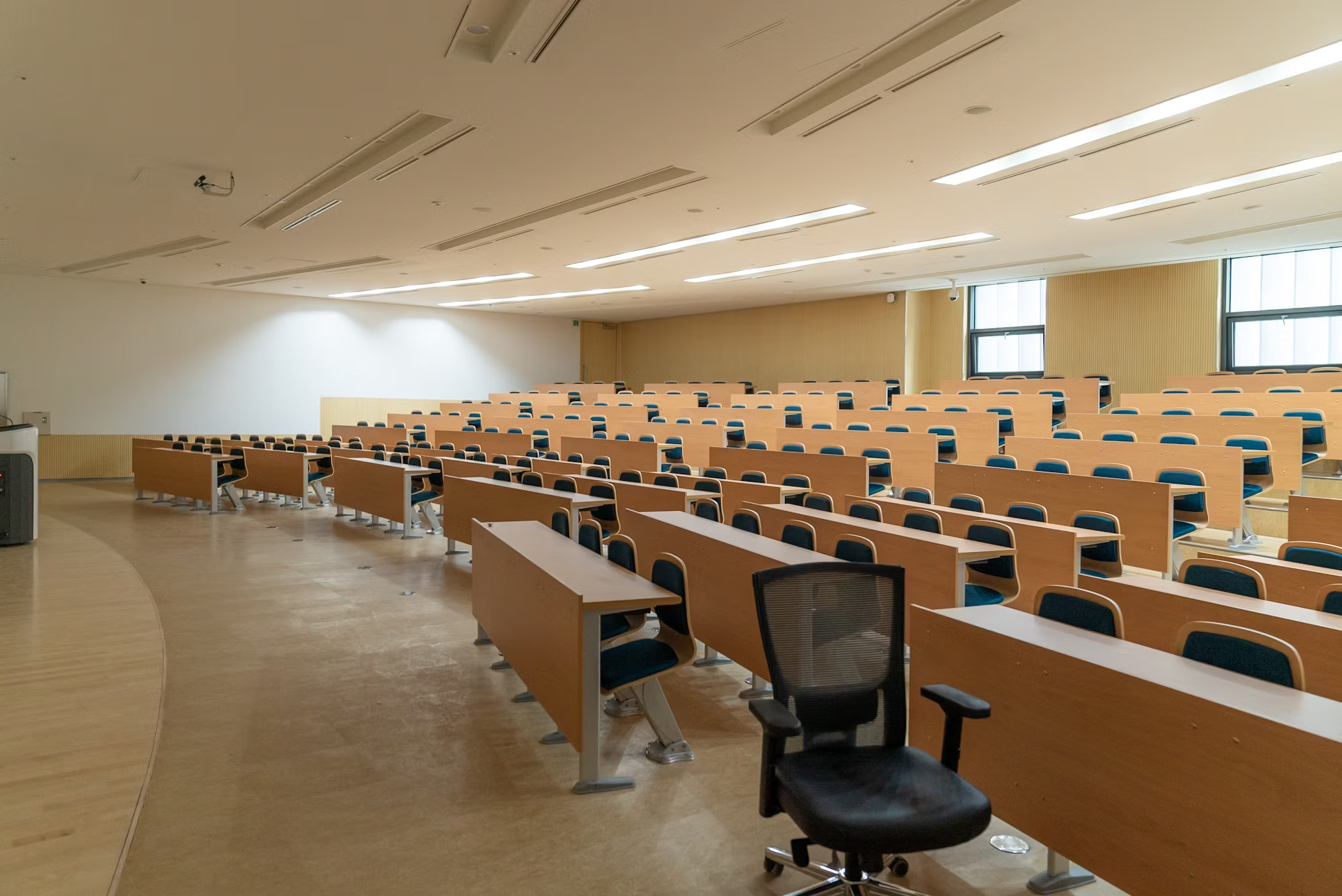In today’s rapidly evolving world, the importance of creativity cannot be overstated. As industries increasingly value innovative thinking, schools are recognizing the need to cultivate creativity among students through arts education. Integrating arts into the curriculum not only enhances students’ creative abilities but also promotes critical thinking and emotional intelligence, skills that are essential for success in both academic and professional arenas. This article delves into the multifaceted benefits of arts education and its impact on student development.
Arts education encompasses a wide range of disciplines, including visual arts, music, theater, and dance. Each of these areas provides unique opportunities for students to express themselves and explore their identities. By engaging in creative processes, students learn to think outside the box, experiment with new ideas, and take risks—skills that are invaluable in today’s fast-paced, competitive environment. When students are encouraged to explore their creativity, they develop a sense of ownership over their work, fostering a deeper connection to their learning.
Moreover, participation in arts education has been linked to improved academic performance across various subjects. Research indicates that students involved in the arts often perform better in standardized tests, demonstrating higher levels of engagement and motivation. This correlation can be attributed to the fact that arts education promotes a deeper understanding of concepts through experiential learning. For example, integrating music with mathematics helps students grasp complex patterns and rhythms, making abstract ideas more tangible and relatable.
Additionally, arts education encourages the development of critical thinking skills. As students create, critique, and analyze their work and the work of others, they learn to approach problems from multiple perspectives. This analytical mindset enhances their ability to evaluate information, make informed decisions, and communicate effectively. Such skills are not only beneficial in artistic endeavors but are also essential for navigating real-world challenges.
The emotional benefits of arts education are equally significant. Engaging in creative activities allows students to express their feelings and thoughts in ways that words may not capture. This form of expression is particularly important for young people as they navigate the complexities of growing up. Arts education provides a safe space for students to explore their emotions, helping them develop resilience and emotional intelligence. Students who participate in the arts often exhibit higher levels of self-esteem and confidence, equipping them to face life’s challenges with a positive outlook.
Furthermore, arts education fosters collaboration and teamwork. Many artistic endeavors require group participation, whether in theater productions, music ensembles, or collaborative art projects. These experiences teach students how to work together toward a common goal, developing skills in communication, compromise, and leadership. The ability to collaborate effectively is a crucial competency in the modern workplace, where teamwork often drives innovation and success.
Despite the numerous benefits of arts education, it often faces challenges within school systems. Budget cuts and a focus on standardized testing frequently lead to the reduction or elimination of arts programs. This trend is concerning, as depriving students of creative opportunities can stifle their development and hinder their ability to think critically. It is essential for educators, policymakers, and communities to advocate for the inclusion of arts education as a fundamental component of the curriculum, recognizing its role in nurturing well-rounded individuals.
Advocating for arts education also involves raising awareness about its significance among parents and community members. Schools can host exhibitions, performances, and workshops that showcase student talents and highlight the value of creative expression. By engaging families and communities, schools can foster a collective appreciation for the arts and secure support for programs that nurture creativity.
To further enhance arts education, educators can integrate technology into their teaching practices. Digital tools provide innovative avenues for artistic expression, allowing students to create, share, and collaborate in new ways. For instance, using graphic design software or music production applications can inspire students to explore contemporary forms of art. This integration not only prepares students for a technology-driven world but also enriches their creative experiences.
Additionally, fostering partnerships with local artists and arts organizations can enhance the educational experience. Guest artists can provide workshops, mentorship, and real-world insights, bridging the gap between classroom learning and professional practice. These collaborations enrich the curriculum, expose students to diverse artistic perspectives, and inspire them to pursue their passions.
In conclusion, arts education is a vital component of a well-rounded education, promoting creativity, critical thinking, and emotional intelligence among students. As we navigate an increasingly complex world, fostering these skills is essential for preparing students for future success. By advocating for the inclusion of arts education in schools and prioritizing creative opportunities, we can empower the next generation to think innovatively, express themselves confidently, and contribute positively to society. Embracing the arts not only enriches individual lives but also cultivates a more vibrant and creative community overall.






